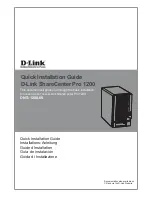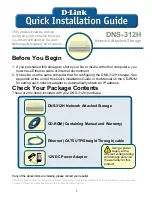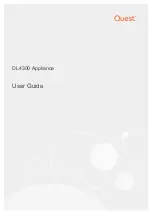
406
IBM Midrange System Storage Hardware Guide
For cabling and configuration rules, see the following documents:
Installation, User’s, and Maintenance Guide, GC26-7798
Installation and Host Support Guide for DS Storage Manager v10.60, MIGR-5075652
Installation and Migration Guide for Hard Drive and Storage Expansion Enclosure,
MIGR-57818
7.8.1 Diagnosing drive-side problems
In order to accurately diagnose drive-side problems, it is important to understand some of the
differences between the various generations of DS4000 and DS5000 storage subsystems.
Although the communication protocol is fundamentally unchanged in that they all use the
Fibre Channel protocol for communication between the controllers and the back-end disks,
the way it is implemented is different.
Disk speeds and capacity have increased, but they are all still arbitrated loop private devices.
This protocol allows up to 127 devices to be attached on a single loop with each device being
assigned a unique ALPA address. SATA disks include an interposer card to make them
appear as dual channel Fibre Channel devices to the controllers.
The earlier models, such as the DS4300 storage subsystem and EXP-700 expansion
enclosures, provide a physical connection between neighboring disks that daisy-chains them
into a single loop. Fibre Channel frames are forwarded by each device in the chain until they
reach their destination. This can result in bad frames being passed on to downstream devices
by a faulty device. Therefore, we suspect the device immediately upstream of the first device
to detect errors as the most likely culprit. The Read Link Status Diagnostics (RLSD) is the
primary tool for analyzing drive-side errors in these configurations, as the error statistics are
collected from the Fibre Channel interface on each disk, ESM, and controller.
The current generation of DS4000 and DS5000 storage subsystems and expansion
enclosures include a switch-on-chip (SOC) built in to each ESM and controller. This allows
the Fibre Channel frames to be passed between the controllers and ESM and then forwarded
directly to the destination disk device via a point-to-point link. This improves performance,
adds error diagnostic capability at the SOC, and eliminates the risk of a single drive disrupting
the loop by causing downstream devices to fail. In this chapter, we only focus on diagnosing
problems in the switched (SOC) environment.
Содержание System Storage DS4000
Страница 2: ......
Страница 18: ...xvi IBM Midrange System Storage Hardware Guide...
Страница 40: ...22 IBM Midrange System Storage Hardware Guide...
Страница 302: ...284 IBM Midrange System Storage Hardware Guide...
Страница 344: ...326 IBM Midrange System Storage Hardware Guide...
Страница 372: ...354 IBM Midrange System Storage Hardware Guide Figure 7 25 Drive firmware Incompatible...
Страница 490: ...472 IBM Midrange System Storage Hardware Guide...
Страница 522: ...504 IBM Midrange System Storage Hardware Guide...
Страница 544: ...526 IBM Midrange System Storage Hardware Guide...
Страница 561: ...Index 543 Z zoning 129 130...
Страница 562: ...544 IBM Midrange System Storage Hardware Guide...
Страница 564: ...IBM Midrange System Storage Hardware Guide IBM Midrange System Storage Hardware Guide...
Страница 565: ......
















































